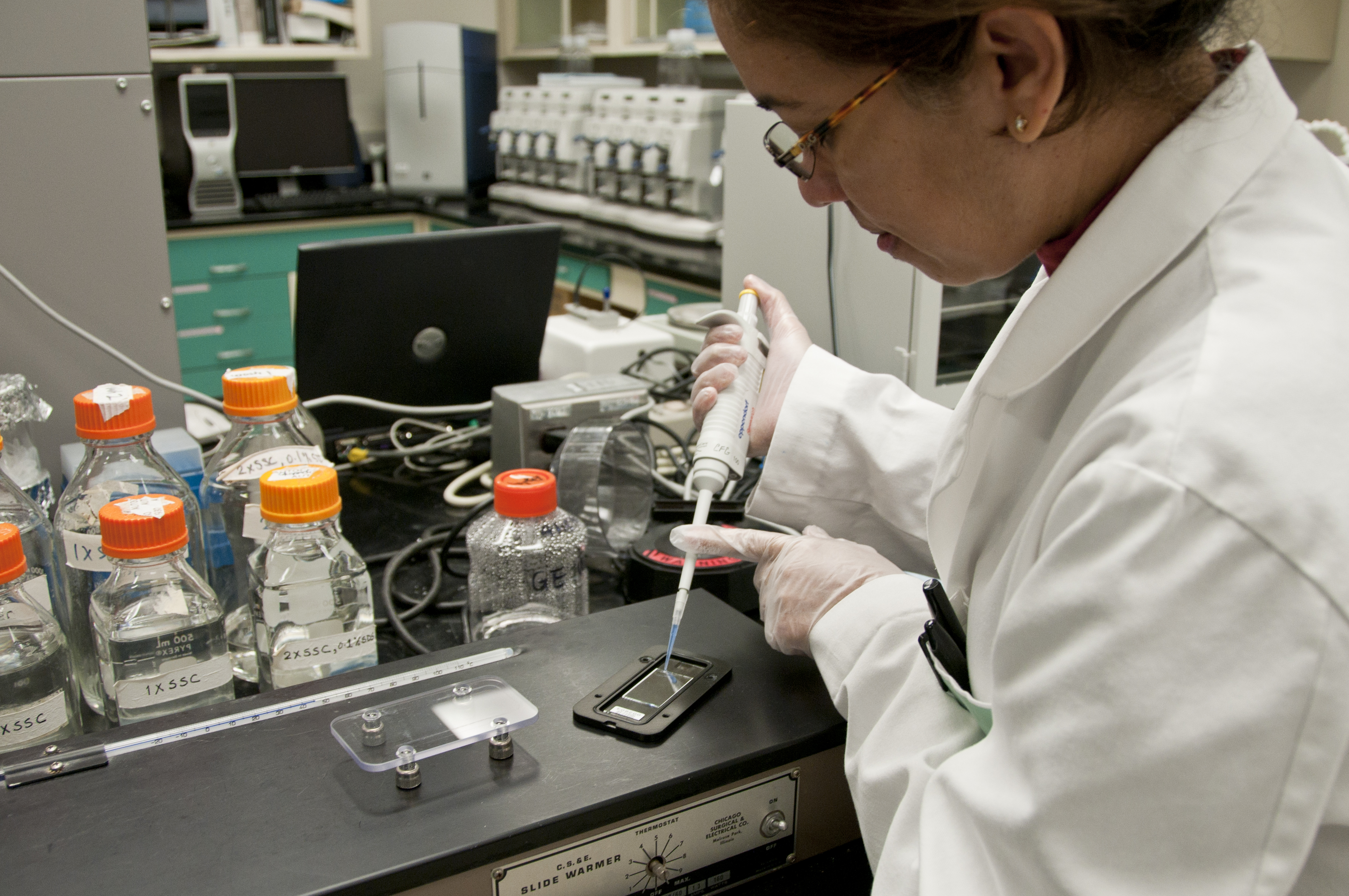
Photo from academic.microsoft.com
Abstract Pesticide toxicities are common in aquatic ecosystems and affects aquatic livings negative. Therefore, it is important to strengthen the antioxidant system in aquatic organisms and to protect the organisms… Click to show full abstract
Abstract Pesticide toxicities are common in aquatic ecosystems and affects aquatic livings negative. Therefore, it is important to strengthen the antioxidant system in aquatic organisms and to protect the organisms against these toxic chemicals. In this study, the simulative toxicity was established to the fish then the healing process was followed. For this purpose, rainbow trout Oncorhynchus mykiss exposed to cypermethrin and left to the recovery process with either N-acetyl cysteine (an antioxidant, 0.5 mM–1.0 mM concentrations) or no intervention (self-healing) for 96 h. In this context, paraoxonase (PON), arylesterase (AR), myeloperoxidase (MPO), antioxidant enzymes (SOD, CAT, GPx), acetylcholinesterase (AChE) activities as well as MDA, caspase-3 and 8-OHdG levels were measured in fish gills, liver and kidney tissues. In addition, trace element tests were performed in the tissues sampled for each group. At the result of pesticide exposure, SOD, CAT, GPx, PON, AR and AChE activities were increased but MDA, MPO, caspase-3 and 8-OHdG levels were decreased in N-acetyl cysteine (NAC) treated groups in all tissues compared to self-healing group (p < 0.05). When the element analysis of the samples was examined, tissue-based differences were observed significantly in all application groups (p < 0.05). Considering the results of the study, it was found that NAC administration at high concentration (1.0 Mm NAC) was more effective on pesticide toxicity. It was concluded that the most sensitive tissue was the kidney. Graphical Abstract
Journal Title: Toxicology Mechanisms and Methods
Year Published: 2021
Link to full text (if available)
Share on Social Media: Sign Up to like & get
recommendations!